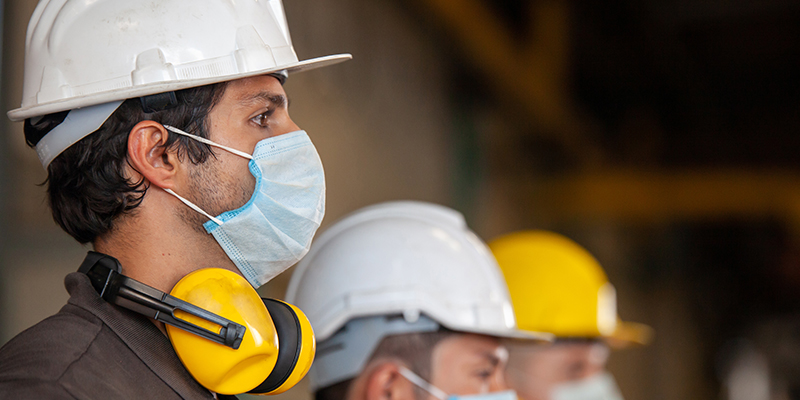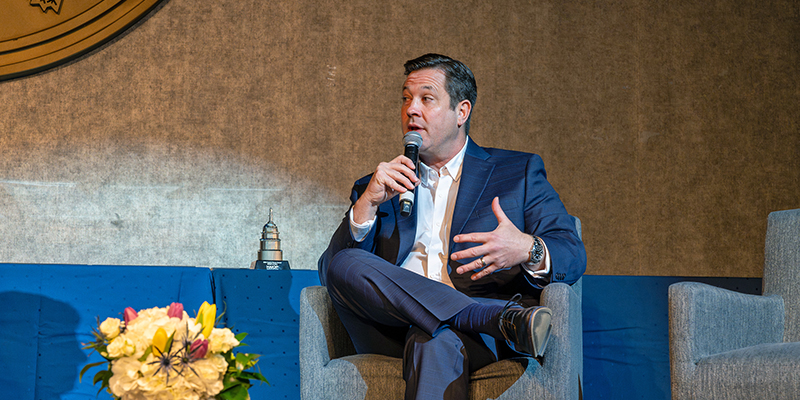In 2019, private construction spending had slowed in the U.S. for the first time since the last recession. Then, at the beginning of 2020, construction was growing at a slow, steady pace. Suddenly, the COVID-19 pandemic hit, creating instability across markets and property types.
Even in cities and states where construction was not shut down because of the pandemic, stay-at-home orders created challenges for operating building sites. From March to June, those shutdowns and stay-at-home mandates covered most of the U.S. and impacted a large majority of job sites. Infection rates and varying government responses were the primary cause of slowing construction, and whether or not a market was forced to shut down, construction had a large impact on spending. Of the seven states that issued a shutdown order, the average length of those shutdowns was 41 days. And while the long-term effects in markets with shutdowns is not expected to be severe, work levels remained lower in those markets even after construction resumed, as opposed to markets that did not shut down.
However, the impact went beyond site shutdowns, as projects that were still moving forward had other challenges. The first was keeping sites and construction workers safe as COVID-19 continued to spread. That meant procuring additional protective gear for workers, implementing social distancing guidelines, adding hand sanitizing stations and cleaning the project site frequently.
Secondly, there were delays in securing permits and inspections as local jurisdictions enacted new safety guidelines for government buildings and employees. Although manufacturing and distribution of construction materials were disrupted early in the pandemic, those concerns have diminished since late April. The biggest and most expensive impact on most projects was actually the scheduling changes made in order to comply with physical distancing requirements.
There have been a few positives resulting from slowed construction — the share of contractors reporting difficulty in finding skilled laborers has dropped from 61% a year ago to 46% in Q2, according to JLL research. Also, fewer of them are having to put in higher bids because of labor shortages, and there are fewer challenges meeting schedule requirements.
The pandemic has also led to a permanent, industry-wide increase in the adoption of construction tech as well. Just like the rest of the economy — construction, as well as the broader office-based portion of the architecture, engineering and construction industry — was forced into a remote work experiment this year, testing existing technology systems. On job sites, staffing limits and social distancing requirements expanded the demand for cloud-based technology to ease sharing of plans and schedules. New health and safety requirements ranging from health monitoring to contact tracing will also require tech solutions. As the construction industry is forced to quickly adopt new technologies, such as digital collaboration tools, construction wearables and offsite construction methods, it will benefit from both the immediate efficiencies during the pandemic and longer-term payoffs once it’s is over. The full impact of COVID-19 on construction won’t be fully known until there is a vaccine and things have settled into a “new normal.” Afterward, many important discussions will be necessary to determine how the industry can better prepare and mitigate the risks to projects and workers to avoid disruption, if and when another pandemic should occur.














